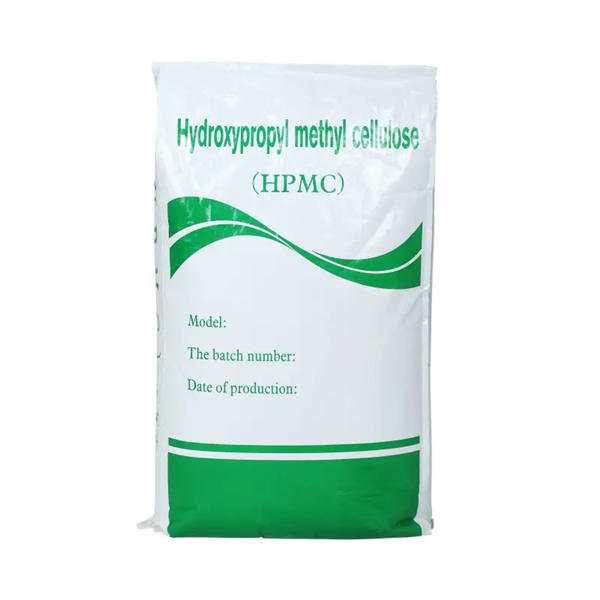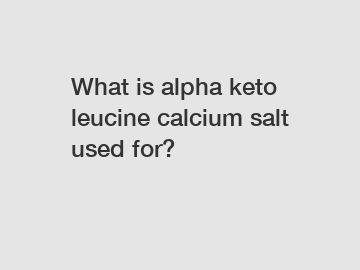Hydroxy Ethyl Cellulose HEC in Construction Materials
Applications of HEC in Pharmaceuticals
HEC finds extensive usage in the pharmaceutical industry, where it serves multiple purposes:
Tablet Coatings
HEC is commonly employed as a film-forming agent in tablet coatings. It provides a smooth and protective layer, facilitating easier swallowing and protecting the active ingredients from degradation.
Controlled Drug Release Systems
By utilizing the thickening and film-forming properties of HEC, pharmaceutical manufacturers develop controlled drug release systems. HEC-based matrices can control the release of active compounds, ensuring a sustained and prolonged effect.
Ophthalmic Solutions
HEC is used in ophthalmic solutions, such as eye drops and lubricants, due to its ability to enhance viscosity and provide a soothing effect. It aids in the retention of the solution on the ocular surface, promoting optimal therapeutic outcomes.

HEC in Personal Care Products
The personal care industry extensively utilizes KDOCEL Hydroxyethyl Cellulose (HEC) in various products, including:
Shampoos and Conditioners
HEC acts as a thickening agent in shampoos and conditioners, improving their consistency and providing a luxurious feel during application. It also enhances the stability of the formulations, preventing phase separation.
Lotions and Creams
In lotions and creams, HEC contributes to their creamy texture, smooth application, and moisturizing properties. Its film-forming capabilities create a protective layer on the skin, reducing water loss and enhancing hydration.
Toothpaste and Mouthwash
HEC plays a vital role in toothpaste and mouthwash formulations by providing the desired viscosity and improving the spreadability of the product. It helps maintain the stability of the oral care formulations.
HEC in Paints and Coatings
HEC finds extensive usage in the paints and coatings industry, where it offers the following benefits:
Thickening and Stabilization
HEC acts as a thickening agent in water-based paints and coatings, preventing sagging and improving the viscosity of the formulation. It ensures uniform application and provides stability to the pigments.
Improved Adhesion
In exterior paints, HEC aids in improving adhesion to various substrates, enhancing the durability and longevity of the coatings. It also contributes to better color retention over time.
See also:What is Styrene Acrylic Emulsion used for?
HEC in Construction Materials
HEC plays a crucial role in the construction industry, primarily in the following applications:
Tile Adhesives
HEC is widely used in tile adhesives to enhance their workability, improve open time, and increase the adhesion strength between tiles and substrates. It ensures proper bonding and reduces the risk of tile detachment.
Cement-based Renders and Mortars
In cement-based renders and mortars, HEC acts as a water retention agent, reducing water loss and improving the workability and cohesion of the mix. It also enhances the bond strength between the material and the substrate.
Benefits of Using HEC
The utilization of HEC in various industries offers several advantages:
Improved product stability and consistency
Enhanced flow properties and viscosity control
Controlled release of active compounds
Increased adhesion and durability
Moisturizing and protective properties
Versatility in formulation development
Conclusion
Hydroxy Ethyl Cellulose (HEC) is a valuable ingredient that finds extensive application in multiple industries. Its unique properties, including water solubility, thickening capabilities, film-forming abilities, and compatibility with other ingredients, make it indispensable in pharmaceuticals, personal care products, paints and coatings, and construction materials. The benefits of using HEC range from improved product performance and stability to enhanced adhesion and controlled release of active compounds. As industries continue to innovate and develop new formulations, the demand for HEC is expected to grow further.
See also:What is zirconium phosphate used for?
Exploring Diverse Processes for Producing Hydrogen Peroxide




